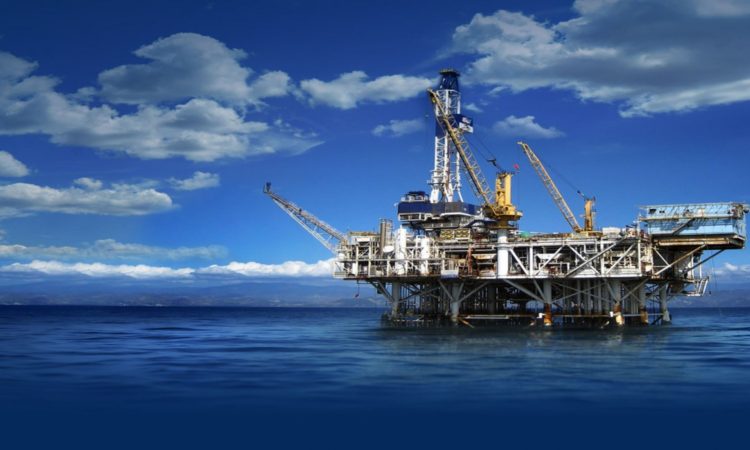Roar Solutions - Truths
Roar Solutions - Truths
Blog Article
Some Of Roar Solutions
Table of ContentsSome Known Incorrect Statements About Roar Solutions How Roar Solutions can Save You Time, Stress, and Money.Some Ideas on Roar Solutions You Need To Know
In order to safeguard setups from a possible surge a technique of evaluating and classifying a potentially dangerous location is required. The function of this is to make sure the correct choice and setup of devices to eventually avoid a surge and to ensure safety of life.
(https://www.find-us-here.com/businesses/ROAR-Solutions-Mackay-QLD-4740-Queensland-Australia/34179229/)
No devices should be mounted where the surface temperature of the devices is above the ignition temperature of the offered danger. Below are some typical dirt harmful and their minimum ignition temperature. Coal Dust 380C 225C Polythene 420C (thaws) Methyl Cellulose 420C 320C Starch 460C 435C Flour 490C 340C Sugar 490C 460C Grain Dust 510C 300C Phenolic Resin 530C > 450C Aluminium 590C > 450C PVC 700C > 450C Residue 810C 570C The probability of the risk being existing in a concentration high enough to trigger an ignition will certainly differ from area to location.
In order to identify this risk an installment is split right into areas of risk depending upon the amount of time the unsafe exists. These areas are referred to as Zones. For gases and vapours and dusts and fibers there are three areas. Zone 0 Zone 20 A dangerous environment is extremely likely to be present and may exist for extended periods of time (> 1000 hours each year) and even continuously Area 1 Area 21 A dangerous ambience is possible yet not likely to be present for extended periods of time (> 10 450 C [842 F] A classification of T6 suggests the minimal ignition temperature is > 85 C [185 F] Dangerous location electric tools possibly created for usage in greater ambient temperatures. This would certainly showed on the score plate e.g. EExe II C T3 Ta + 60C( This suggests at 60C ambient T3 will certainly not be surpassed) T1 T1, T2, T3, T4, T5, T6 T2 T2, T3, T4, T5, T6 T3 T3, T4, T5, T6 T4 T4, T5, T6 T5 T5, T6 T6 T6 A T Course ranking of T1 indicates the optimum surface area temperature created by the tool at 40 C is 450 C. Assuming the linked T Course and Temperature score for the equipment are ideal for the location, you can always use a tool with a much more stringent Department rating than needed for the location. There isn't a clear solution to this question. It really does depend on the sort of tools and what repairs need to be executed. Tools with specific examination treatments that can't be done in the area in order to achieve/maintain third event ranking. Have to come back to the manufacturing facility if it is prior to the equipment's service. Area Repair By Authorised Personnel: Challenging testing may not be needed nevertheless specific procedures may require to be adhered to in order for the devices to keep its 3rd party score. Authorized employees should be used to perform the work properly Repair work must be a like for like replacement. New element must be thought about as a straight replacement pop over to these guys requiring no unique testing of the equipment after the repair is full. Each tool with a dangerous rating should be evaluated independently. These are detailed at a high degree below, however, for even more in-depth information, please refer straight to the standards.
A Biased View of Roar Solutions
The tools register is a detailed data source of tools documents that includes a minimum collection of fields to recognize each thing's location, technical criteria, Ex-spouse category, age, and environmental data. The ratio of In-depth to Close inspections will certainly be determined by the Devices Threat, which is assessed based on ignition risk (the possibility of a resource of ignition versus the probability of a flammable ambience )and the dangerous area category
( Zone 0Area 1, or 2). Implementing a durable Risk-Based Inspection( RBI )strategy is vital for guaranteeing conformity and security in taking care of Electrical Equipment in Hazardous Locations( EEHA).
How Roar Solutions can Save You Time, Stress, and Money.

In regards to explosive danger, a dangerous area is an environment in which an eruptive atmosphere exists (or might be anticipated to be present) in amounts that call for unique precautions for the building, installment and use tools. high voltage courses. In this article we discover the obstacles encountered in the work environment, the risk control procedures, and the needed expertises to work safely
It is an effect of modern-day life that we produce, save or deal with a variety of gases or fluids that are regarded flammable, and a series of dirts that are deemed combustible. These compounds can, in specific problems, form explosive environments and these can have major and unfortunate repercussions. Many of us are familiar with the fire triangle get rid of any kind of one of the three aspects and the fire can not happen, however what does this mean in the context of hazardous areas? When breaking this down into its most basic terms it is essentially: a mix of a particular amount of release or leak of a specific substance or material, mixing with ambient oxygen, and the existence of a source of ignition.
In most circumstances, we can do little regarding the levels of oxygen airborne, yet we can have considerable impact on resources of ignition, for instance electrical equipment. Hazardous areas are recorded on the unsafe area classification illustration and are determined on-site by the triangular "EX" indication. Below, amongst other vital info, zones are divided into three kinds relying on the danger, the chance and duration that an explosive atmosphere will exist; Area 0 or 20 is deemed one of the most dangerous and Area 2 or 22 is regarded the least.
Report this page